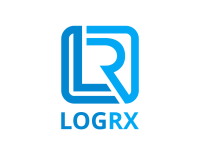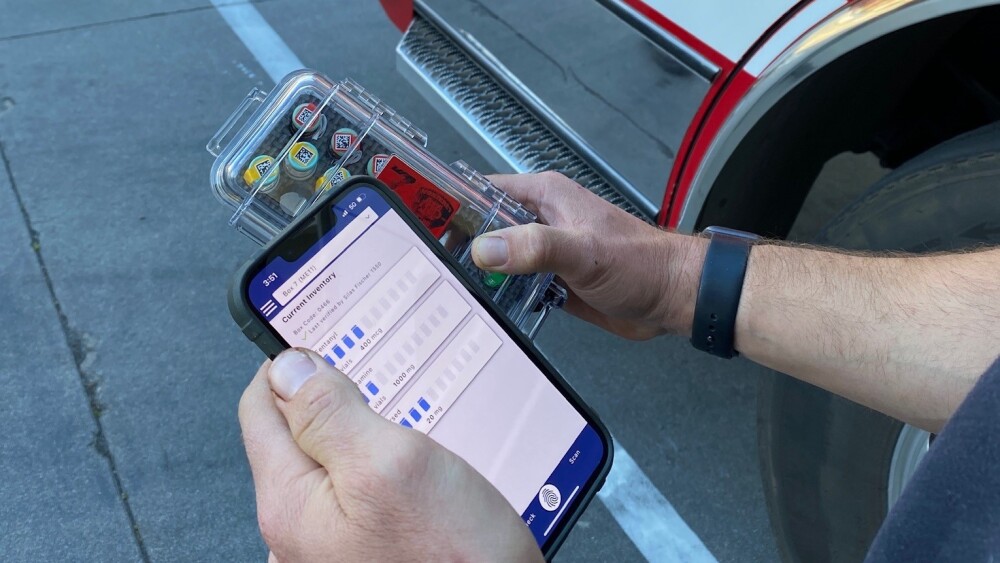While tales of emergency medical providers diverting drugs unfortunately aren’t rare, Jason Laut’s case, from East St. Louis, Illinois almost a decade ago, both illustrated some key dangers and had uniquely far-reaching consequences.
Between January 2013 and May 2015, Laut, a paramedic supervisor, stole and tampered with fentanyl and morphine intended for use on MedStar Ambulance units. According to prosecutors, he “changed, altered and falsified documents and records” to conceal his crimes, which included taking fentanyl vials from ambulance drug boxes, removing a portion of the drug with a syringe and replacing it with saline or something similar, then returning the vials to stock. By the time Laut was discovered, 26 of 28 fentanyl vials on his service’s rigs were compromised.
His damage didn’t stop there: At the time of Laut’s crimes, ambulance companies in his area shared narcotics boxes. That meant vials he’d altered also ended up used by local pharmacists and other services. Prosecutors found more than 80 of those on local trucks. And because of diversion worries, local authorities then pulled fentanyl from all ambulances for the next three years. At Laut’s sentencing, a fellow medic reported encountering at least five patients during that period who were allergic to the alternative, morphine, and thus got little to no help for their severe pain.
Laut was ultimately convicted on 38 federal counts and got nine years in prison.
MANUAL SYSTEMS ARE VULNERABLE
Laut’s crimes could not have occurred without a vulnerable and falsifiable system for handling his system’s vital medications. His administrator role gave him access to patient care reports that he altered to show drugs given when they weren’t, and he also recorded false data on narcotics logs submitted to hospital staff. That’s a boss’ worst nightmare in any system that still uses old-school pen-and-paper methods of drug tracking.
“Pen and paper is still how it works for a lot of agencies,” said Clive Savacool, a longtime fire chief and paramedic who served with multiple agencies in California over a quarter-century career in the emergency services. “There’s basically a log sheet that people sign when they come on duty, and somebody else cosigns as they’re going off. Often they just check off the box for the narcotics and write down whatever was on the sheet before. And so sometimes you’ll see the wrong number there simply because someone didn’t actually go get the narcotics and look. It’s a basic process that hasn’t changed for a lot of agencies.”
Besides diversion, this can be a process that’s also susceptible to mistakes – even the best providers can make errors when recording everything manually – and waste. So, after a career of witnessing the problem, Savacool set out to develop a solution. In 2016 he teamed up with Skye Thompson, a Bay Area business veteran with a background in emergency services software, and formed LogRx. The company developed a flagship app that provides a simple, mobile-friendly and tamper-evident way to track all a system’s medications electronically.
“There are products out there that have narcotics tracking as a side module to other, bigger, more expensive programs,” said Savacool. “We took a simpler approach: Our only focus in building this out was on narcotics tracking. We have a really good team, and because that’s all we focused on, we built an amazing product that’s simple to use, with the most modern technology.”
Suitable for any Apple or Android device, LogRx provides easy logging of drug administrations, transfers and daily checks with security assured through a patent-pending system for biometric face and fingerprint ID. The platform enables unique identification of every box and vial in stock and ensures accountability through physical scans whenever a drug is used. With the simple scan of a QR code on their mobile device, crews see their chosen drug’s dose, lot number and expiration date, then get an option to administer, transfer or dispose of it. GPS tracks the precise physical location of each drug’s scanning and use, plus the identity of the crew member doing it.
Current drug inventories are also visible at a glance, organized by type, quantity and remaining doses. Everything’s presented in an easy dashboard view for administrators. LogRx also functions offline when connectivity is lost, with information updated automatically once it’s restored.
“We have a lot of features our competitors don’t, including the GPS tracking in the field and offline capability,” noted Kristen Simoes, the company’s marketing director. “For people who care about making sure they’re compliant and having good and easy audits, LogRx is an obvious answer.”
‘IT WAS AN AMAZING EDUCATION’
LogRx isn’t the first time Savacool encountered a problem in the emergency services and did something about it. Over a decade ago, after suffering lung damage during a fire response, he created Exposure Tracker, software to help firefighters track their toxic exposures and assemble a medical history in case they developed cancer.
“That project was instrumental in wiring my brain to understand how to do a startup, how to work with engineers and how marketing works,” Savacool said. “It was so far outside my comfort zone, I just tried to be a sponge and learn as much as I could. It was an amazing education.”
Exposure Tracker was acquired by a larger company in 2018, but in the time spent promoting it, Savacool often heard questions about doing similar tracking for narcotics – another big challenge for which departments lacked a good solution. Having worked on a previous project together, he joined up with Thompson, who was CEO of Tablet Command, a startup focused on emergency incident command for which Savacool had consulted years prior. Together they recruited some engineering help, developed the product and launched it to validating success.
Interest built, and within a few years, with LogRx gaining major clients like the California Department of Fish and Wildlife and Portland (Oregon) Fire & Rescue, Savacool stepped down as fire chief in South Lake Tahoe (where he’d overseen response to the massive 2021 Caldor Fire) and committed to the company full time.
That’s paid off with substantial growth. Today LogRx is used not only by EMS and fire departments but also police agencies, air and military responders, ski patrols and more. New modules are coming in the summer to track supplies, equipment, PPE and vehicle checks. And users are seeing reduced waste, greater protection against diversion and better compliance with DEA controlled-substances regulations.
THE DEA MEANS BUSINESS
The solution provides a bit of security against two of the EMS profession’s biggest problems. The first is diversion, which can lead to death and suffering in the community and significant legal woes for organizations and their medical directors. That was the biggest thing Savacool and company heard from people as they established LogRx.
“When you’re designing a product, I think you have to be careful to not just ask the customer what they want to see or want it to do,” Savacool said. “Henry Ford once said if he’d asked people what they wanted, they’d have said faster horses. So, it’s more about asking what their pain points are, then figuring out how to fix them. We took a lot of that feedback and applied it, and it really guided us.”
Another concern is compliance. When it regulates how providers give controlled substances, the DEA means business: EMS agencies, like other users, must maintain accurate inventories and record all administrations, keep records of past use, fulfill strict reporting requirements and be ready for possible audits. Requirements are spelled out in the 2017 Protecting Patient Access to Emergency Medications Act, which updated the omission of EMS in the original Controlled Substances Act of 1970. It emphasizes that EMS agencies and their supervising medical directors, rather than hospital medical directors, are now liable for ensuring the proper use, maintenance, reporting and security of controlled substances used by the agency. Violations can lead to fines, losses of licenses and other penalties.
The DEA does not currently require digital tracking of controlled substances in EMS, but as the opioid epidemic rages on, the possibility can’t be ruled out. States and localities may also implement their own protective measures for various drugs.
It all amounts to several good reasons to consider a secure, affordable, tamperproof and diversion-resistant solution for EMS medication management. LogRx’s singular focus on offering that can provide time savings, cost savings and security around an important and dangerous issue.
“One of the large organizations we work with has something like 57 firehouses, with at least five vials of controlled substances in each,” said Savacool. “It’s hard to manage that kind of inventory, never mind losing one. If someone has to go out and inventory all those vials once a month, that could mean 2–3 days of somebody driving around. With our program they could just log on and click a button in real time and see their exact inventory at every single station. It’s a huge time saver, and it’s more accurate. If you have someone driving to 57 different firehouses, by the time they’re done, the inventory from the first ones they visited has probably changed!”
For more information, visit LogRx.




